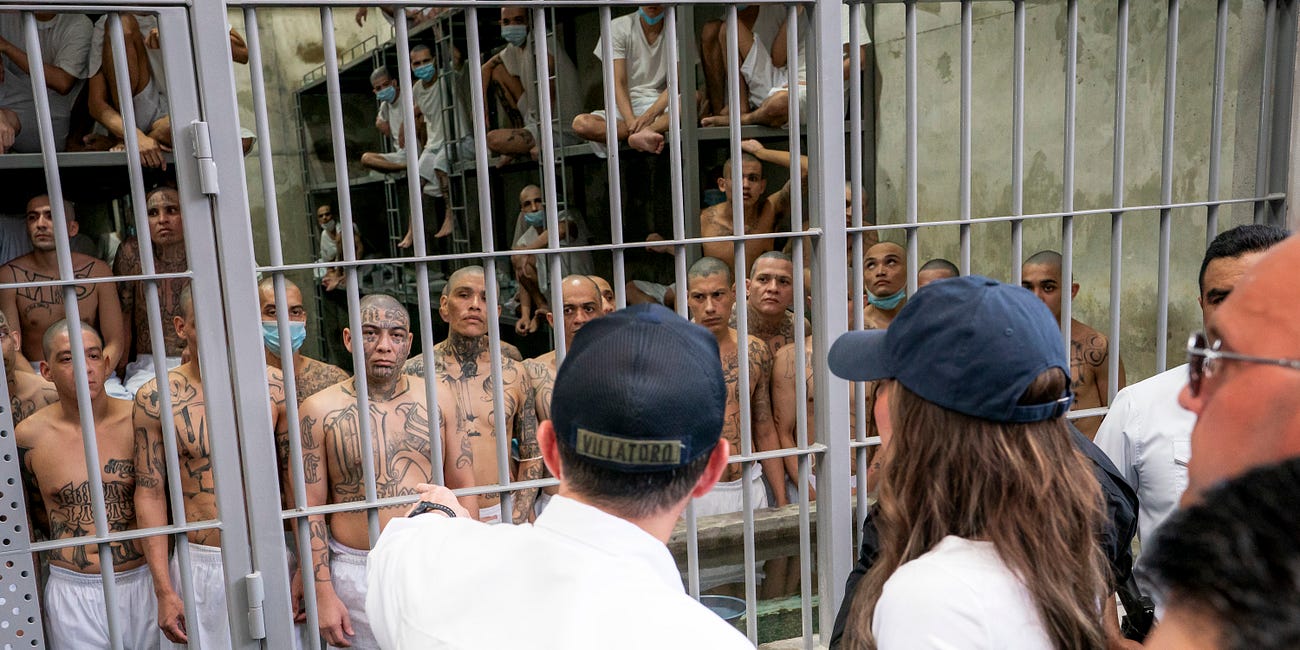ADDENDUM J: The Dormancy of the Suspension Clause – A Constitutional Emergency Provision Courts Refuse to Apply
Imagine Trying PRC Infantry Before Engaging Them in Combat
Part 1:
Invasion USA
Issue PresentedThanks for reading Autodidact Obsessions! Subscribe for free to receive new posts and support my work.
---
I. Introduction
The Suspension Clause, enshrined in Article I, Section 9 of the U.S. Constitution, exists to protect the nation's ability to defend itself in the face of existential threats—invasion or rebellion—by permitting the temporary suspension of the writ of habeas corpus. Yet despite its clarity and historical use, the judiciary has functionally nullified this clause by refusing to acknowledge modern forms of invasion and national destabilization, such as:
Mass illegal infiltration by foreign-backed criminal or paramilitary entities,
Foreign intelligence operations disguised as humanitarian migration,
The strategic abuse of immigration systems by hostile states.
The courts’ refusal to trigger or permit the political branches to invoke the Suspension Clause effectively erases a constitutionally granted emergency power at the precise moment it is needed.
---
II. Text of the Clause and Its Structural Role
U.S. Constitution, Article I, Section 9, Clause 2:
> "The Privilege of the Writ of Habeas Corpus shall not be suspended, unless when in Cases of Rebellion or Invasion the public Safety may require it."
Key characteristics:
Applies only during rebellion or invasion.
Preserves public safety by allowing preemptive detention without immediate judicial review.
Is a rare but legitimate departure from peacetime legal norms.
---
III. Historical Use and Judicial Treatment
A. Lincoln’s Civil War Suspension
President Abraham Lincoln suspended habeas corpus without initial Congressional approval during the Civil War.
Although Chief Justice Taney ruled against the suspension in Ex parte Merryman, 17 F. Cas. 144 (C.C.D. Md. 1861), the Supreme Court never overturned Lincoln's actions.
The Court in The Prize Cases, 67 U.S. 635 (1863), affirmed that the President has the duty and authority to repel invasion without waiting for judicial or legislative permission.
B. Ex parte Milligan, 71 U.S. 2 (1866)
The Court acknowledged the constitutionality of suspension but held that military tribunals could not replace civilian courts where they remained open.
Importantly, the decision did not invalidate the power to suspend habeas corpus, but warned against its misuse outside of true emergency.
---
IV. Present-Day Judicial Paralysis and Misinterpretation
Despite legal clarity and historical precedent, modern courts have:
Refused to recognize foreign paramilitary infiltration, cartel-backed migration, or covert intelligence operations as “invasion.”
Insisted on individualized habeas hearings and due-process standards even when hostile actors operate under false pretenses of asylum or migration.
Declined to acknowledge that mass unauthorized entry and embedded foreign criminal networks constitute the type of emergency the Suspension Clause was designed to address.
> This has led to a functional nullification of the clause—not by amendment, but by judicial avoidance.
---
V. Consequences for National Security and Citizens’ Rights
Foreign actors (cartel members, foreign agents, paramilitary infiltrators) now enjoy constitutional protections that override national defense efforts, due to judicial mandates.
Citizens, by contrast, are subject to normal criminal law, detention, and military duty without comparable procedural immunity.
The Executive cannot act decisively, and Congress cannot legislate effectively, when the very clause that authorizes emergency powers is denied operational meaning.
This creates an asymmetry of justice, undermining the equal protection of U.S. citizens under the law and threatening the structural integrity of Article II powers.
---
VI. Constitutional Contradiction and Institutional Abdication
A. Constitutional Contradiction
A Constitution that affirms a right to suspend habeas in invasion, while simultaneously requiring individualized hearings for every unlawful entrant, is incoherent under conditions of mass threat.
B. Institutional Abdication
By judicially refusing to define modern invasion, courts leave the nation defenseless to unconventional threats.
This is not judicial restraint, but judicial disengagement—allowing the Constitution’s defense mechanisms to decay under precedent momentum.
---
VII. Recommendations and Conclusion
1. Congress should reaffirm the applicability of the Suspension Clause to modern asymmetric threats (e.g., state-backed infiltration, covert policing by foreign governments).
2. The Executive should issue a legal memorandum declaring certain ongoing operations (e.g., Tren de Aragua, Chinese police stations) as qualifying under “invasion.”
3. The courts must revisit the originalist intent of Article I, Section 9 and permit political branches to exercise this constitutional tool without requiring conventional warfare or uniformed forces at the border.
Conclusion:
The Suspension Clause was not designed for metaphor; it is a constitutional weapon for survival. Its dormancy is not legal prudence—it is a dereliction of judicial duty in the face of national danger.



